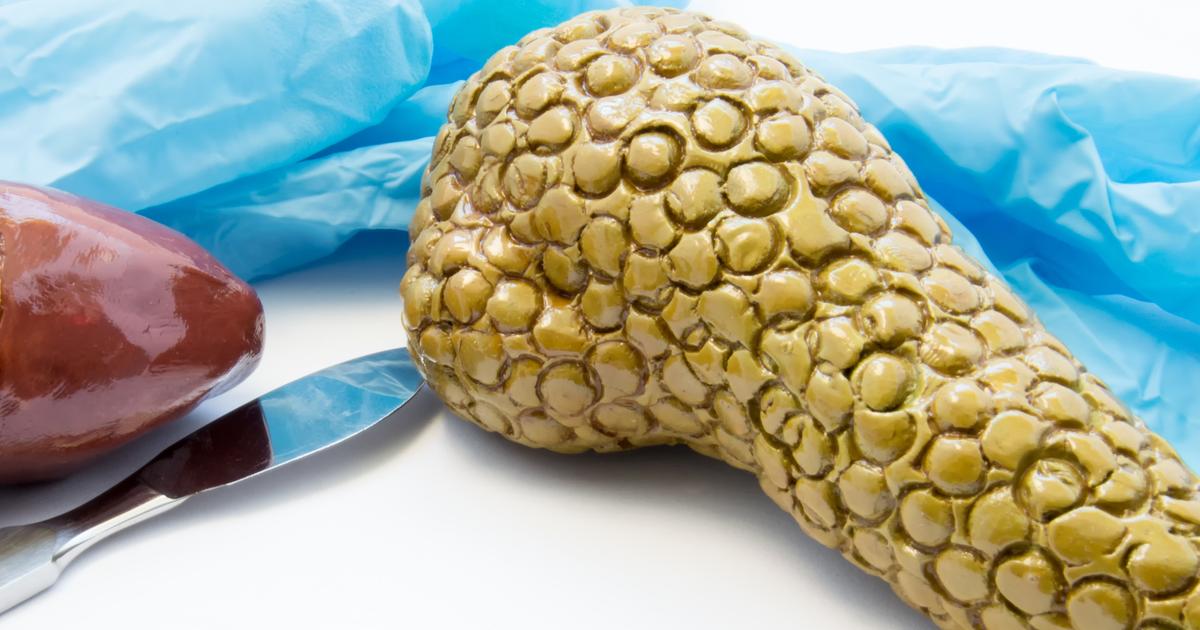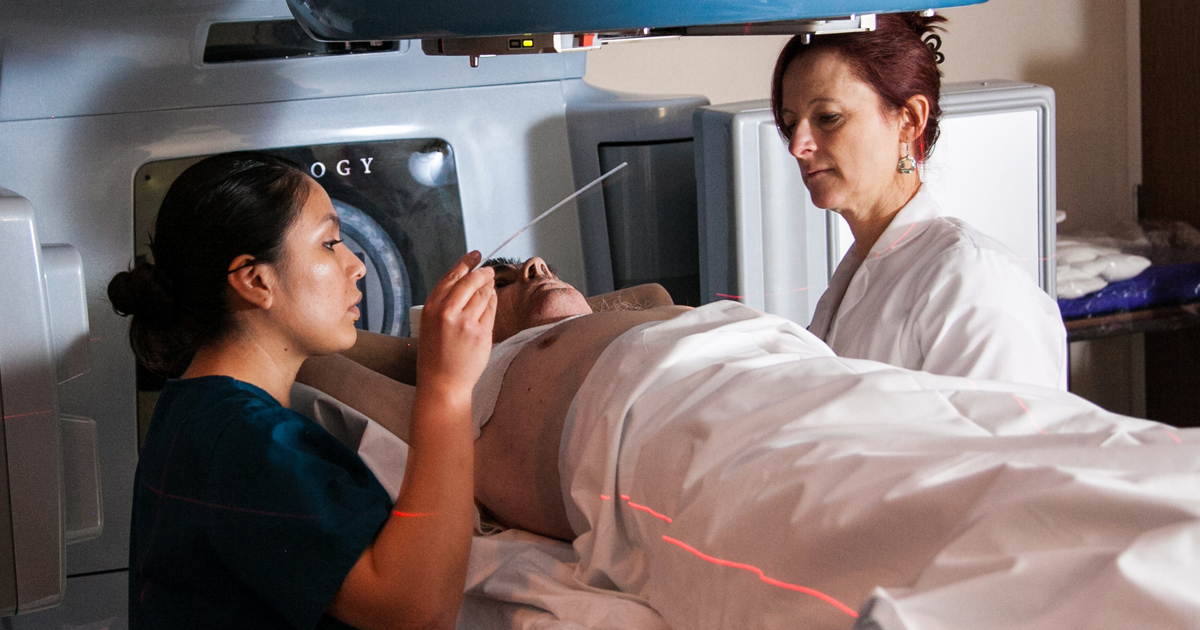Serious Options For Pancreatic Cancer Treatment
When a mutation occurs in the cellular DNA of cells that form the pancreas that impacts the way they grow, differentiate, multiply, and or die, pancreatic cancer can develop. There are two types of pancreatic cancer. An exocrine tumor is the most common and happens when carcinogenesis takes place in the pancreatic cells responsible for producing digestive enzymes. Neuroendocrine tumors are rare and occur when carcinogenesis takes place in the pancreatic cells that are responsible for the production of hormones. Symptoms of pancreatic cancer include nausea, stool changes, pancreatitis, appetite loss, jaundice, weight loss, and abdominal pain.
A physical exam cannot detect pancreatic cancer because the organ is located so deep in the abdomen. Only imaging tests such as an MRI, CT scan, and endoscopic ultrasound can detect pancreatic cancer, while a pancreatic tissue biopsy can confirm the diagnosis. Depending on the type, extent, and location of the tumor, numerous treatment options are available.
Whipple Procedure

A pancreaticoduodenectomy or Whipple procedure refers to a type of surgery used to treat some individuals who have cancer in the head of their pancreas. An individual's pancreas produces essential digestive enzymes and hormones that regulate and manage glucose in the blood. Because the consequences of complete pancreas removal are very difficult to live with, the Whipple procedure provides a method only to remove a certain part of the pancreas with the malignancy. There are several ways a Whipple procedure can be performed. Open surgery refers to the use of a traditional open incision to provide the surgeon with access to the pancreas. This method is the most common because it is the most effective and established.
Laparoscopic surgery refers to a technique used to perform the Whipple procedure where numerous small incisions are utilized to manipulate a camera and small instruments in the abdomen to perform the pancreas head removal. Robotic surgery is an uncommon method used for the Whipple procedure, but it is minimally invasive and removes the challenge of the human hands being too large to manipulate the instruments properly.
Pancreatectomy

A patient with pancreatic cancer that is not isolated to the head of the pancreas may need to undergo a distal or total pancreatectomy to have a chance at curing their malignancy. Distal pancreatectomy describes a surgical operation where an individual's pancreatic tail is removed. This procedure is only indicated when the tumor or lesion is isolated to the distal part of the organ. A total pancreatectomy is a surgical operation where the entire pancreas, part of the stomach, the spleen, gallbladder, and part of the small intestine.
A total pancreatectomy is useful for patients who have pancreatic cancer that has compromised most of the pancreatic tissue. While this procedure may be the best chance of a cure, patients will have to live without a pancreas. Diligent diabetes management and pancreatic enzyme pills will be required for the rest of the patient's life. An individual who has a total pancreatectomy will also have to live with a compromised immune system, as the spleen plays a big role in this.
Chemotherapy

Chemotherapy is a form of treatment that may be necessary for many patients who develop pancreatic cancer. It refers to the use of potent medications to kill cells in the body in a state of rapid growth or cell division. Chemotherapy may be used independent from surgery, before a surgical procedure to remove cancer from the pancreas, or after a surgical procedure to remove cancer from the pancreas. Chemotherapy can also be administered with radiation therapy in patients who are unable to undergo surgery to remove their pancreatic tumors.
In the case of pancreatic cancers, chemotherapy is most effective when a patient receives two or more different types of drugs given together. While the exact details of the administration of chemotherapy may differ from one case to the next, treatment regimens include a duration of two to three weeks of several sessions a week followed by a rest period before the cycle is repeated. While chemotherapy is one of the most effective methods of treatment for pancreatic cancer, it does carry unpleasant side effects some patients cannot tolerate.
Radiation Therapy

Radiation therapy is a type of treatment that may be used to treat pancreatic cancer. It kills cancer cells and stops them from growing through the use of high energy particles or x-rays. The high energy x-ray or particle beams are aimed from different angles at the affected part of the body with an external machine for a certain amount of time. Some pancreatic cancer patients may receive radiation therapy following their surgery to reduce the risk of their cancer returning. Radiation therapy following surgery may also be used simultaneously with chemotherapy in patients who can tolerate the side effects.
An individual who has a pancreatic tumor that is only partially removable by surgery may receive radiation therapy to try and shrink the tumor so more or all of it can be removed surgically. Patients who have pancreatic cancer that has spread to distant parts of the body may have high-dose radiation therapy in combination with high dose chemotherapy to help prolong their life or alleviate some of the pain and symptoms caused by the tumors.
Palliative Care

A patient who has advanced pancreatic cancer may elect to have palliative care in combination with curative measures or independent of curative measures to help improve their quality of life. Pancreatic cancer is known to be one of the most painful types of cancer someone can have. This pain is due to the close proximity of the organ to nerves in the abdomen and structures of the back. Prescription-strength pain medication is commonly used in patients for palliative care if they can handle the side effects.
Other methods used to help alleviate pain from pancreatic cancer include having a nerve block to destroy or disable the nerves being compressed by the tumor. Pain and digestive problems stemming from pancreatic cancer that grows around the ducts can be alleviated with a procedure to widen and hold the ducts open. Methods such as radiation therapy, chemotherapy, and tumor ablation may also be used for palliative care to alleviate pain by shrinking the tumors even when the patient may not desire to use them for curative purposes.